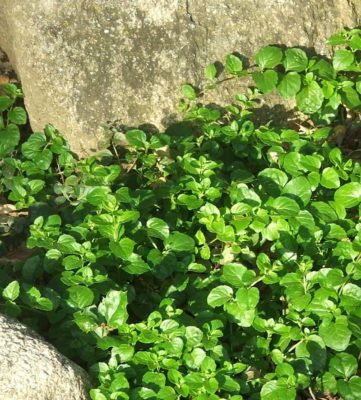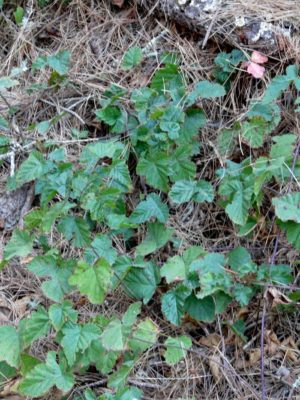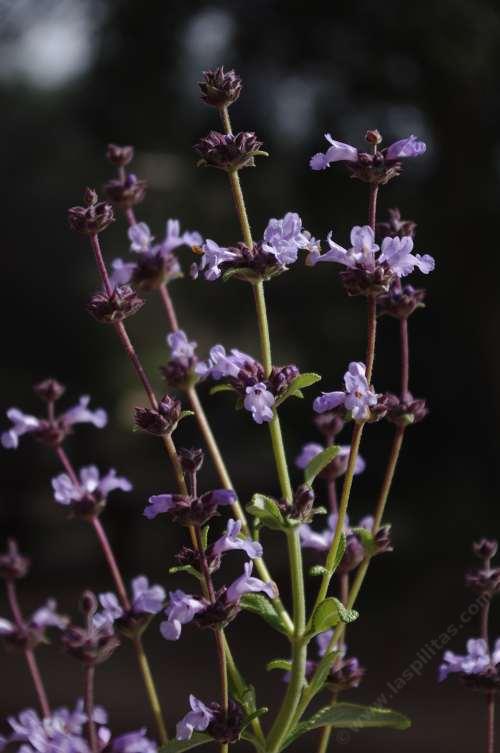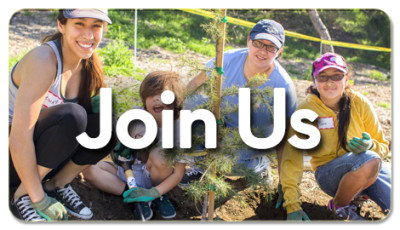People have been using plants for our health and well-being for thousands of years–even to this day. For instance, we consume super foods like avocados or goji berries to strengthen and nourish our bodies. But how often do we overlook these plants when we’re sick?
Some plants–even those abundant in our landscapes–have been known for their healing properties by people around the world for centuries. Incorporate them into your garden this year and improve your wellness!*
Rose

Roses offer us all kinds of relief–whether sipping rose hip tea or spritzing rose water. Did you know that rose petals are full of vitamins and minerals? It’s true! Their anti-inflammatory properties relieve nausea, ulcers and menstrual cramps.
Roses come in a wide variety from all over the world. However, consider planting native roses in your garden (Rosa californica, Rosa woodsii, etc.) to enjoy their simplicity, climate appropriateness and wonderful medicinal benefits.
When blooms start to open in spring head out to your garden to collect petals for a delicious rose petal butter.
To make rose petal butter:
Gather one cup of freshly blossoming rose petals. Remove petals from the flower and add into a mixing bowl. Add a stick of softened butter and mix. Place into a glass jar and allow to infuse for 24 hours before enjoying on toast or crackers.
Mint

The fresh scent of mint alone can awaken your mind and clear your senses. This hardy and easy to grow herb is mostly known for its culinary uses. The most commonly known varieties are peppermint (Mentha x piperita) and spearmint (Mentha spicata). Shake things up and grow something unique! Try out mountain mint (Pycnanthemum sp.), yerba buena (Satureja douglasii) or pennyroyal (Mentha pulegium) to enjoy a full variety of flavors.
Want a new addition to your culinary adventures that has a variety of health benefits, too? Try making a mint vinegar. Herbal-infused vinegar is tasty and simple to make, while also helping your body absorb vitamins and minerals.
To make mint vinegar:
Harvest enough mint to fill a glass jar. Finely chop the mint and fill the jar, cover with pasteurized apple cider vinegar and seal with a lid. Place in your cupboard for 6 weeks before use. It will add a nice kick to any salad, or dilute it with water to create a refreshing tonic!
Blackberry

The wild and thorny canes of this plant produce a hedge with beautiful white flowers in spring. Everyone knows that blackberries have a number of benefits–but did you know that their leaves are healthy, too? Blackberry leaves are great for for sore throats or to clean a wound.
To make blackberry leaf tea:
Gather leafed branches and hang upside down in a well-ventilated area until leaves are dried. (Ensure plenty of air circulation to avoid mold growth.) Infuse 1 oz of dried leaves in a pint of boiling water.
Sage

If there is one thing we should all have in our cupboards, it’s sage. Sages (Salvia) grow all over the world’s Mediterranean climates. While the most common sage (Salvia officinalis) is mostly used as a culinary herb in roasts, it also makes a tasty cleansing tea with anti-inflammatory and anti-microbial qualities–plus it’s full of antioxidants! Some varieties, like black sage (Salvia mellifera) are even used as a pain reliever.
To make a sage foot bath:
Place a handful of black sage leaves and stems in a foot bath and steep for 5 – 10 minutes before placing feet into the bath.
Want to learn more about native plants? Visit us for a free Native Plants and Landscape Transformation tour!


